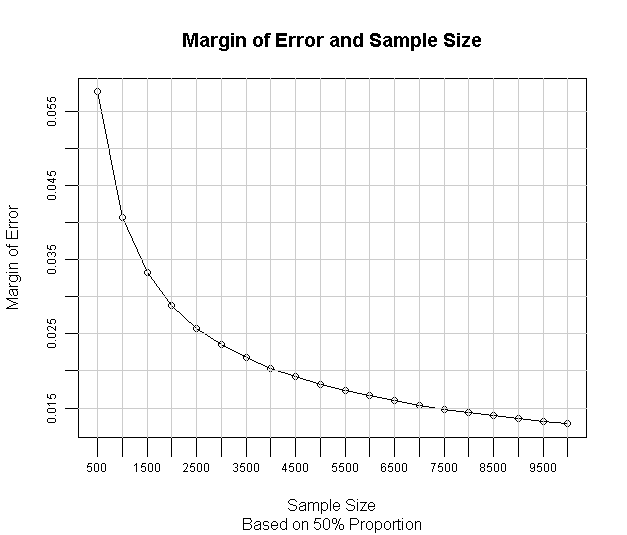Confidence Interval Analysis Cia Software Download

We’ve just seen what the mean GCSE scores are for the boys and girls in our survey sample. What are the potential GCSE mean scores for boys and girls in Year 11 in the entire population of England?
How would you interpret this confidence interval? You’ve just calculated 95% and 99% confidence intervals using the data in our continuous variable, s1gcseptsnew. Confidence intervals allow us to generalize our findings from the samples from which our data was taken to the population from which our survey sample was drawn. Confidence intervals and statistical guidelines. 17 Computer software for calculating. Computer program, Confidence Interval Analysis (CIA), was.
Another way to look at mean GCSE scores is to calculate confidence intervals. Our dataset, while quite comprehensive, only includes information about our sample, the people who participated in the YCS.
We can calculate the means of variable values in our dataset, but we cannot say that these means are indicative of the true means across the entire population of England. We can, however, calculate a range of values within which the mean across the entire population is likely to fall. This range of values is called a confidence interval.
It is possible to calculate a 95% confidence interval and a 99% confidence interval. These intervals are simply a way of giving a range of values that we are fairly (either 95% or 99%) confident includes the true population mean. A 99% confidence interval will allow you to be more confident that the true value in the population is represented in the interval.
However, it gives a wider interval than a 95% confidence interval. For most analyses, it is acceptable to use a 95% confidence interval to extend your results to the general population. So, let’s begin by calculating a 95% confidence interval for the mean GCSE score. Select Analyze, Descriptive Statistics, and then Explore.
Move s1gcseptsnew to the Dependent List box and then click OK. Your output should look like the table on the right. 95% Confidence Interval You can see in the table above that the Lower Bound of our 95% Confidence Interval is 392.2557 and the Upper Bound is 396.4579. We can interpret these results by saying that we are 95% confident the mean GCSE score for all young people in Year 11 in England will fall between 392.2557 and 396.4579. This is a simple interpretation of the interval – there are more nuances to the actual interpretation – but this will be adequate for now.
Splinter cell blacklist dlc download. Now we can calculate a 99% confidence interval for mean GCSE score. Select Analyze, Descriptive Statistics, and then Explore. Our variable s1gcseptsnew should still be in the Dependent List box. Click on the Statistics tab on the upper right. In the dialogue box that opens, make sure Descriptives is marked and change the Confidence Interval for Mean from 95% to 99%. Your output should look like the table on the left.
99% Confidence Interval What is the 99% confidence interval for mean GCSE score? How would you interpret this confidence interval?
Apcfix_Polnaya_Versiya_LSAQZZ.exeBT种子中有1个文件,种子大小391.91 KB,西瓜磁力提供Apcfix_Polnaya_Versiya_LSAQZZ.exe的磁力链接下载。. This feature is not available right now. Please try again later. Npmrvidvyow 08:18 dFk8av gmctgrhkmniw, [url=[link=http://nnwhixqrxglw. Apcfix polnaya versiya.
Summary You’ve just calculated 95% and 99% confidence intervals using the data in our continuous variable, s1gcseptsnew. Confidence intervals allow us to generalize our findings from the samples from which our data was taken to the population from which our survey sample was drawn. This ability to generalize one’s findings is often very helpful in social science research.
Contributors viii Source of Contents ix Introduction xi Douglas G. Altman, David Machin, Trevor N. Bryant PART I: ESTIMATION AND CONFIDENCE INTERVALS 1 Estimating with Confidence 3 Martin J. Gardner, Douglas G. Altman 2 Confidence Intervals in Practice 6 Douglas G. Altman 3 Confidence Intervals Rather Than P Values 15 Marin J.
Gardner, Douglas G. Altman 4 Means and Their Differences 28 Douglas G. Altman, Martin J. Gardner 5 Medians and Their Differences 36 Michael J. Campbell, Martin J.
Gardner 6 Proportions and Their Differences 45 Robert G. Newcombe, Douglas G. Altman 7 Epidemiological Studies 57 Julie A Morris, Martin J.

Gardner 8 Regression and Correlation 73 Douglas G. Altman, Martin J.
Gardner 9 Time to Event Studies 93 David Machin, Martin J. Gardner 10 Diagnostic Tests 105 Douglas G. Altman 11 Clinical Trials and Meta-Analyses 120 Douglas G.
Altman 12 Confidence Intervals and Sample Sizes 139 Leslie E. Daly 13 Special Topics 153 Michael J. Campbell, Leslie E. Daly, David Machin PART II: STATISTICAL GUIDELINES AND CHECKLISTS 14 Statistical Guidelines for Contributors to Medical Journals 171 Douglas G. Altman, Sheila M. Gore, Martin J. Gardner, Stuart J.